Porcelain artifacts go on show in Shanghai Museum
Updated: 2015-08-22 04:40
By ZHANG KUN in Shanghai(China Daily USA)
|
||||||||
In 1986, researchers Feng Xianming and Geng Baochang arrived at a Christie’s auction of Chinese porcelain in Amsterdam with $30,000. According to instructions from the state administration of cultural relics, they were allowed to pay a maximum of three times the starting bid for any piece of porcelain.
But Feng and Geng returned to Beijing empty handed. They never expected that the porcelain wares, which were discovered from the Geldermalsen shipwreck that occurred in 1752, would sell for more than $20 million, almost 900 times the estimated price.
The trip to Amsterdam, however, was not completely in vain as it triggered the founding of China’s underwater archaeological research team in 1987. A few years later, some of those porcelain pieces from the auction ended up at the Palace Museum in Beijing, thanks to a generous donation by Hong Kong entrepreneur K. S. Lo.
Today, export porcelain from China is generating much interest at home and abroad. These ceramic wares may not be deemed as refined and valuable as those produced exclusively for imperial use, but they are noted for their role in connecting China with the rest of world through trade.
The exhibition “Ming-Qing Export Porcelain from the Palace Museum and the Shanghai Museum” is now on at Hall No.2 in the Shanghai Museum. The exhibition, which runs till January 4, 2016, showcases 160 pieces of export porcelain with the oldest piece dating back to the 14th century.
“This exhibition shows a picture of recent study and achievements in this area,” said Shan Jixiang, director of the Palace Museum in Beijing, who went on to praise Shanghai Museum’s collection of export porcelain as “unique” and being “the forefront of China, both in the quantity and quality”.
According to Lu Minghua, head of the porcelain department at Shanghai Museum, porcelain production had begun in China as early as the 7th century and kilns could be found scattered all over the coastal Fujian province by the 10th century. The mass export of porcelain later started in the 15th century, when businessmen took it to Southeast Asia and the Middle East.
When new shipping routes were developed, Europe became the new market for China’s fine porcelain. By that time, the city of Jingdezhen in Jiangxi province had become China’s porcelain capital.
“Most of the pieces on show were made in Jingdezhen, with a few others from Zhangzhou and Dehua of Fujian province,” Lu told the media.
Export porcelain has distinctive elements. A blue-and-white flask, for example, is considered to be of Islamic style. These pieces are known as baoyue ping, or moon embracing jars, and were tailor-made for clients in the Middle East, Lu said. Such pieces can usually be found in museums in Turkey, Iran and Indonesia.
Also among the exhibits are tankards and mugs for beer drinking, a cruet for storing oil and vinegar, as well as armorial porcelain decorated with insignias of European aristocrats, military organizations and cities.
zhangkun@chinadaily.com.cn
- Tsipras formally resigns, requesting snap general elections
- China-Russia drill not targeting 3rd party
- UK, France boost security
- China demands Japan face history after Abe's wife visits Yasukuni Shrine
- DPRK deploys more fire units to frontlines with ROK
- DPRK, ROK trade artillery, rocket fire at border

 Across America over the week (Aug 14 - Aug 20)
Across America over the week (Aug 14 - Aug 20)
 Stars in their eyes: leaders in love
Stars in their eyes: leaders in love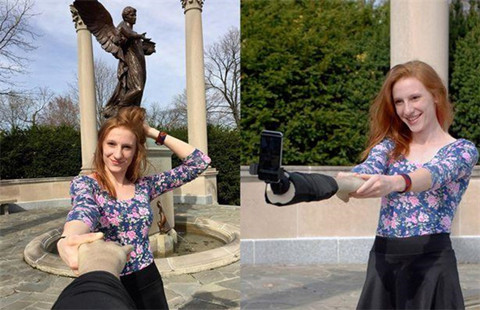
 A survival guide for singles on Chinese Valentine’s Day
A survival guide for singles on Chinese Valentine’s Day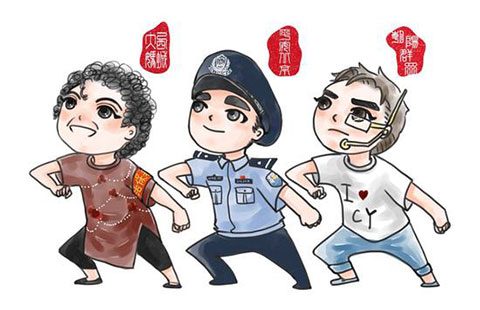
 Beijing police publishes cartoon images of residents who tip off police
Beijing police publishes cartoon images of residents who tip off police
 Rare brown panda grows up in NW China
Rare brown panda grows up in NW China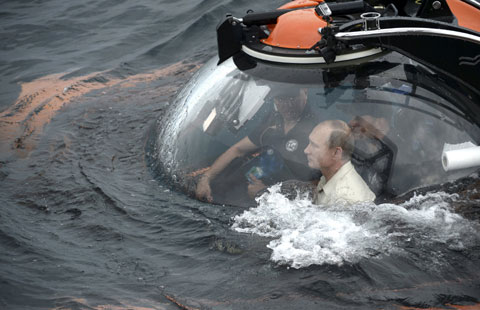
 Putin rides to bottom of Black Sea
Putin rides to bottom of Black Sea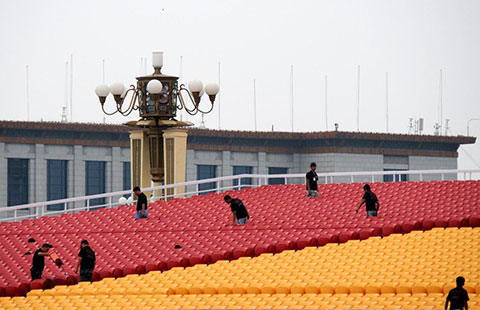
 The changing looks of Beijing before V Day parade
The changing looks of Beijing before V Day parade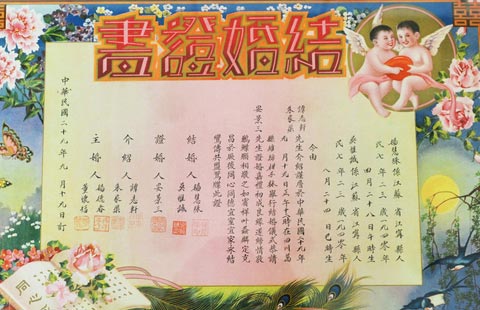
 Nanjing displays ancient marriage, divorce certificates
Nanjing displays ancient marriage, divorce certificates
Most Viewed
Editor's Picks

|

|

|

|

|

|
Today's Top News
Emissions data won't change China policy
Preparations shutter Forbidden City, other major tourist spots
President Xi Jinping calls for crews not to ease up
Chemical plants to be relocated in blast zone
Asian sprinters on track to make some big strides
Jon Bon Jovi sings in Mandarin for Chinese Valentine's Day
Tsipras formally resigns, requesting snap general elections
DPRK deploys more fire units to frontlines with ROK
US Weekly

|

|






